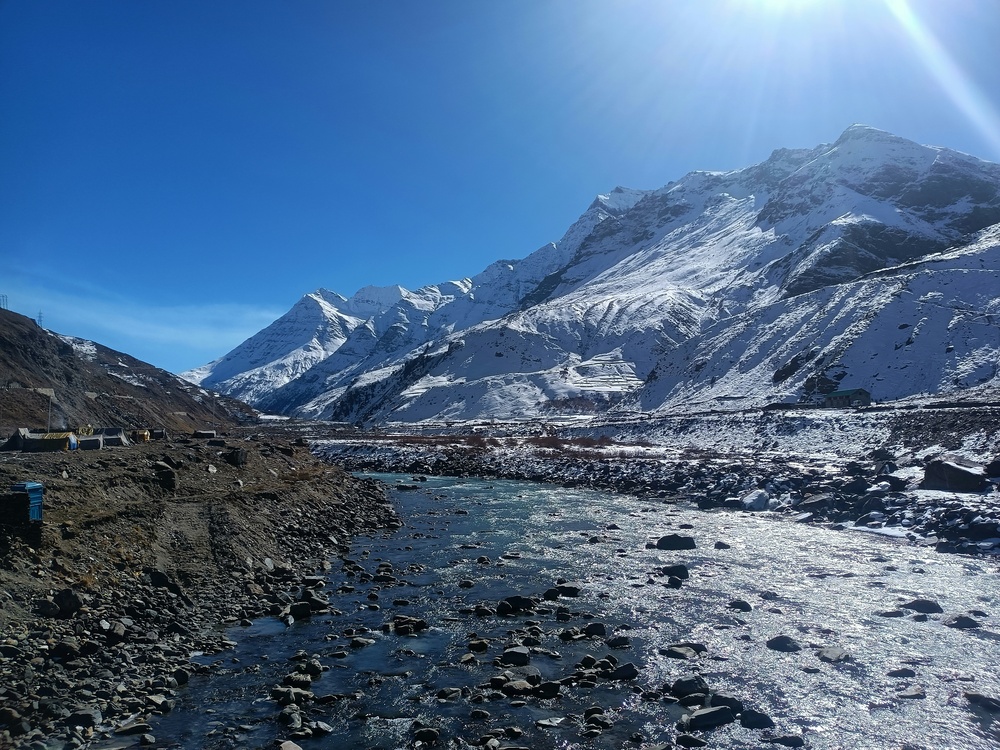Trekking and hiking are not just outdoor activities; they are journeys that rejuvenate your soul, test your endurance, and bring you closer to nature in its rawest form. In recent years, trekking & hiking tourism has gained immense popularity among adventure enthusiasts in India and across the world. From easy one-day hikes to challenging high-altitude treks, India offers countless trails that cater to every level of experience.
Why Choose Trekking & Hiking Tourism?
Unlike conventional sightseeing tours, trekking & hiking tourism offers unique benefits:
- Physical Fitness: Trekking keeps you active, builds stamina, and improves mental strength.
- Mental Peace: Walking amidst mountains, forests, and rivers calms the mind and reduces stress.
- Close to Nature: You witness landscapes inaccessible by road, from glaciers and alpine meadows to hidden waterfalls.
- Cultural Exposure: Treks in remote regions provide opportunities to interact with local tribes and understand their way of life.
- Environmental Awareness: Trekkers develop greater respect for nature and often become ambassadors for eco-friendly tourism.
Top Trekking & Hiking Destinations in India
- Hampta Pass, Himachal Pradesh: A moderate trek offering dramatic landscape changes from lush green Kullu Valley to the arid Spiti Valley. It includes river crossings, snow patches, and camping by Chandratal Lake.
- Valley of Flowers, Uttarakhand: Ideal for beginners, this trek takes you through a UNESCO World Heritage Site known for its vibrant alpine flowers and views of snow-covered peaks.
- Roopkund Trek, Uttarakhand: Famous for the mystery lake with ancient skeletons, Roopkund is a challenging trek through forests, meadows, and snowfields with spectacular Himalayan views.
- Triund Trek, Himachal Pradesh: A short yet rewarding trek near McLeodganj, offering panoramic views of Dhauladhar ranges and Kangra valley. Perfect for weekend trekkers.
- Chadar Trek, Ladakh: For experienced trekkers, walking over the frozen Zanskar River in sub-zero temperatures is an ultimate adventure challenge.
- Sandakphu Trek, West Bengal: The highest point in West Bengal, this trek offers views of four of the world’s five highest peaks – Everest, Kanchenjunga, Lhotse, and Makalu.
- Kedarkantha Trek, Uttarakhand: A popular winter trek ideal for beginners wanting to experience snow trails, pine forests, and 360-degree summit views.
- Goecha La Trek, Sikkim: A demanding trek for seasoned hikers, offering breathtaking views of Mount Kanchenjunga and other Eastern Himalayan peaks.
Types of Trekking & Hiking Tourism Packages
To cater to varied interests, travel operators design different trekking & hiking tourism packages:
- Beginner Treks: Easy trails with gradual ascents, suitable for families and first-timers, including Triund, Nag Tibba, and Valley of Flowers.
- Moderate Treks: Involving steeper climbs and higher altitudes like Hampta Pass, Kedarkantha, and Kuari Pass.
- Advanced Treks: High-altitude treks demanding physical fitness, such as Roopkund, Goecha La, and Pin Parvati Pass.
- Winter Treks: Specialised packages during snow season for treks like Kedarkantha, Brahmatal, and Chadar Trek.
- Expedition Packages: For experienced mountaineers looking for peak summits and technical climbs, such as Stok Kangri or Mount Shivling expeditions.
Best Time for Trekking & Hiking Tourism
The ideal time for trekking & hiking tourism depends on the trail:
- Summer Treks (April – June): Most Himalayan treks are accessible during these months with clear weather and blooming rhododendrons.
- Monsoon Treks (July – September): Valley of Flowers and treks in Ladakh region are perfect due to rain-shadow geography.
- Autumn Treks (September – November): Clear skies, pleasant weather, and vibrant landscapes make this the best trekking season.
- Winter Treks (December – March): For those wanting to trek on snow trails, winter treks like Kedarkantha and Brahmatal are ideal.
Benefits of Trekking & Hiking Tourism
- Economic Growth: Trekking tourism generates income for local communities through guides, porters, homestays, and local eateries.
- Promotes Sustainable Tourism: Treks often follow eco-friendly practices, encouraging responsible tourism and conservation.
- Employment Opportunities: Locals get jobs as trekking guides, cooks, mule owners, and camp managers.
- Personal Development: Trekkers gain confidence, patience, and decision-making skills.
Tips for Safe and Responsible Trekking & Hiking Tourism
- Always book through certified trekking operators for safety and professionalism.
- Ensure you have a fitness routine before embarking on high-altitude treks.
- Respect local customs and avoid disturbing wildlife.
- Follow a Leave No Trace policy; do not litter or damage natural resources.
- Carry proper gear including trekking shoes, layered clothing, headlamps, and first aid kits.
- Stay hydrated and acclimatise properly to avoid altitude sickness.
Why Trekking & Hiking Tourism Is Ideal for Your Next Vacation
If you wish to disconnect from routine life, breathe fresh mountain air, and gain a sense of achievement with each step, trekking & hiking tourism is the perfect choice. Each trek teaches resilience, brings new friendships, and leaves you with unforgettable memories of sunrises over snowy peaks, evenings by campfires, and the pure joy of reaching your destination after hours of effort.
Final Thoughts
India’s trekking trails are not just paths through forests and mountains; they are journeys into yourself. Trekking & hiking tourism combines adventure, nature, fitness, and cultural exploration like no other travel style. So, tie your shoelaces, pack your rucksack, and get ready to explore the mighty Himalayas, lush Western Ghats, or remote North Eastern trails on your next vacation, and return with a stronger, happier, and more mindful you.

